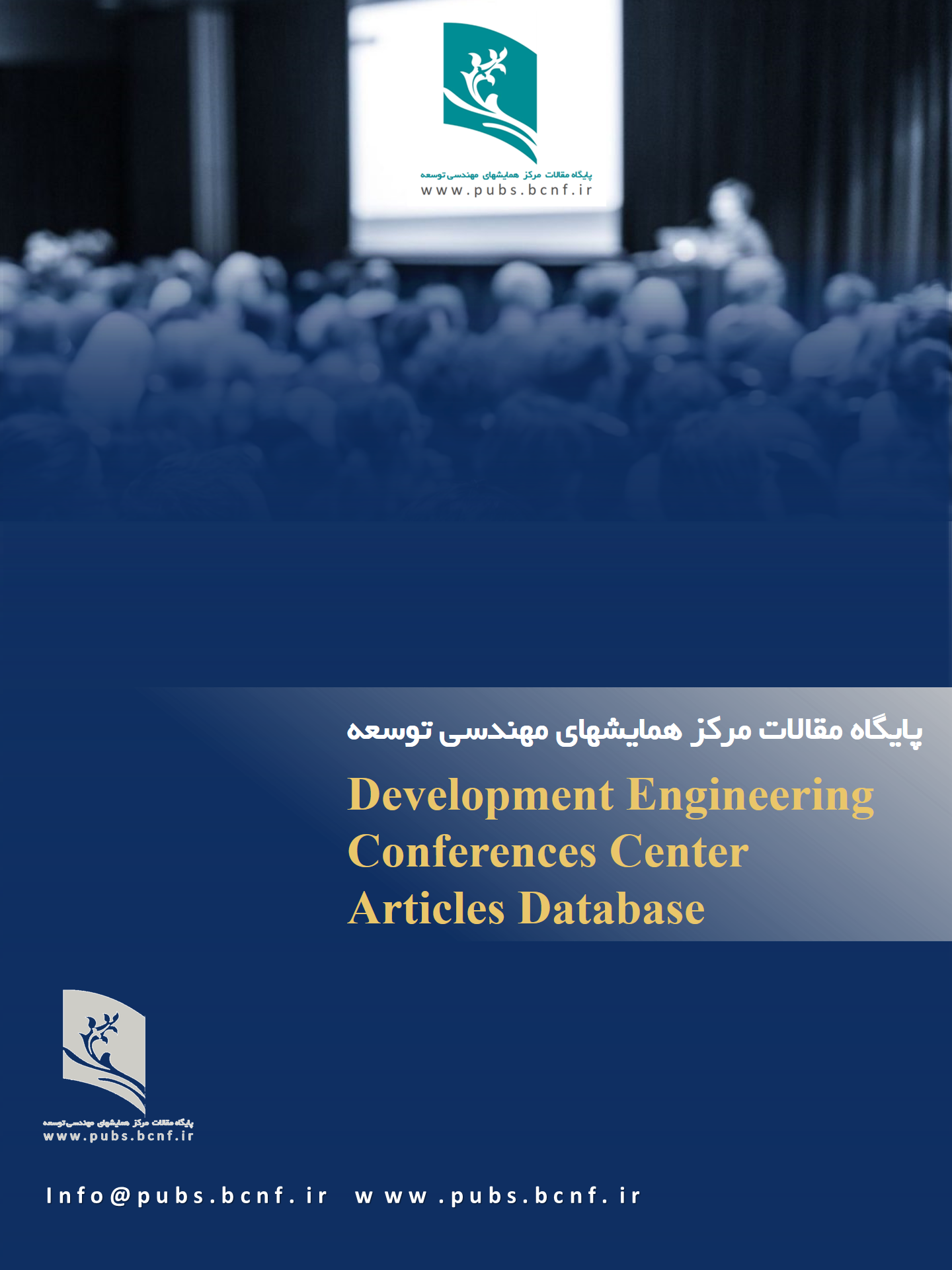A Review of The Role of Graphene in Enhancing Concrete Performance by Increasing Electrical Conductivity and Enabling Its Innovative Applications
DOI:
https://doi.org/10.5281/zenodo.17056124Keywords:
Graphene, Concrete, Electrical Conductivity, Smart Infrastructure, AdditivesAbstract
This article presents a comprehensive review of the literature regarding the applications of graphene additives in concrete, focusing on the enhancement of electrical conductivity. As concrete is traditionally an insulator, the integration of graphene has emerged as a promising solution to improve its electrical properties, thereby enabling innovative applications in smart infrastructure and self-sensing systems. The review categorizes various studies that explore the effects of graphene on the mechanical and electrical characteristics of concrete, highlighting advancements in material performance, durability, and functionality. Additionally, the article discusses the environmental impacts associated with the incorporation of graphene in concrete, including potential reductions in carbon emissions and resource consumption. The findings underscore the transformative potential of graphene-enhanced concrete in addressing contemporary challenges in construction and sustainability.
Downloads
References
[1] Atashgah, K.M., The impact of materials cost on the weight of concrete buildings.
[2] Hasehmpour, H., K. Mohammadi Atashgah, and M. Karbalaei Rezaei, An investigation into the role of nano-silica in improving strength of lightweight concrete. European Online Journal of Natural and Social Sciences, 2014. 3(4): p. pp. 1058-1067.
[3] Li, H., G. Zhao, and H. Zhang, Recent Progress of Cement-Based Materials Modified by Graphene and Its Derivatives. Materials, 2023. 16(10): p. 3783.
[4] Zhao, Y., et al., Study of mechanical properties and early-stage deformation properties of graphene-modified cement-based materials. Construction and Building Materials, 2020. 257: p. 119498.
[5] Wang, J., et al., Mechanical properties of graphene-reinforced reactive powder concrete at different strain rates. Journal of Materials Science, 2020. 55(8): p. 3369-3387.
[6] Wei, X.-X., C. Pei, and J.-H. Zhu, Towards the large-scale application of graphene-modified cement-based composites: A comprehensive review. Construction and Building Materials, 2024. 421: p. 135632.
[7] Van Lange Paul, A., W.B. Liebrand, and W.H. AM, Introduction and literature review. Social dilemmas, 2015: p. 3-28.
[8] Mohammadi Atashgah, K., et al., Developing a model for time-cost trade-off optimization problem considering overdraft issue in uncertain environments. Journal of Industrial and Systems Engineering, 2022. 14(3): p. 259-279.
[9] Booth, A., et al., Systematic approaches to a successful literature review. 2021.
[10] Atashgah, K.M., et al., A Development Model for Identifying the Uncertainty Sources and Their Impacts on Bridge Construction Projects. The Baltic Journal of Road and Bridge Engineering, 2023. 18(1): p. 140-166.
[11] Ghousi, R., M. Khanzadi, and K. Mohammadi Atashgah, A flexible method of building construction safety risk assessment and investigating financial aspects of safety program. International Journal of Optimization in Civil Engineering, 2018. 8(3): p. 433-452.
[12] Schulte, J., et al., Graphene-reinforced cement composites for smart infrastructure systems. The Rise of Smart Cities, 2022: p. 79-114.
[13] Mu, S., et al., Electrical, piezoresistive and electromagnetic properties of graphene reinforced cement composites: a review. Nanomaterials, 2021. 11(12): p. 3220.
[14] Ashraf, S., S. Khan, and V.K. Oad, Microcracking monitoring and damage detection of graphene nanoplatelets-cement composites based on acoustic emission technology. Case Studies in Construction Materials, 2023. 18: p. e01844.
[15] Sharma, N., et al., Evaluation of corrosion inhibition capability of graphene modified epoxy coatings on reinforcing bars in concrete. Construction and Building Materials, 2022. 322: p. 126495.
[16] Jing, G., et al., Introducing reduced graphene oxide to enhance the thermal properties of cement composites. Cement and Concrete Composites, 2020. 109: p. 103559.
[17] Deng, Z., et al., Multifunctional asphalt concrete pavement toward smart transport infrastructure: Design, performance and perspective. Composites Part B: Engineering, 2023: p. 110937.
[18] Jayasooriya, D., P. Rajeev, and J. Sanjayan, Application of graphene-based nanomaterials as a reinforcement to concrete pavements. Sustainability, 2022. 14(18): p. 11282.
[19] Ghosh, S., et al., Graphene enhanced thermoelectric properties of cement based composites for building energy harvesting. Energy and Buildings, 2019. 202: p. 109419.
[20] Olule, L.J., Energy Harvesting Applications of Sustainable Structural Materials. Sustainable Structural Materials: From Fundamentals to Manufacturing, Properties and Applications, 2025: p. 120.



